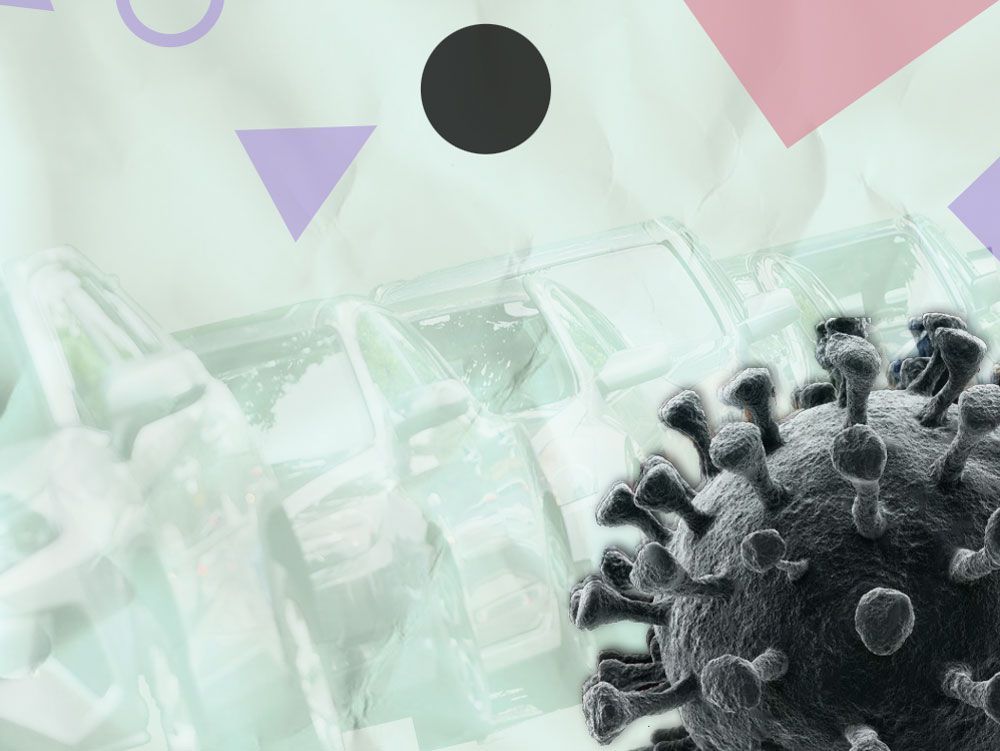the researchers found a clear connection between a country’s income level and its level of polluted water — the most-polluted areas had lower income levels, high unemployment levels, and high median ages. they were also regions that had previously received less research, especially the regions in sub-saharan africa and southern asia.
how drugs end up in our water
there are several ways that rivers end up contaminated with pharmaceuticals. water treatment is a big part of the equation: research shows that waste water is often inadequately treated.
between 30 and 90 per cent of the dose of an oral drug is excreted as an active substance through urine.
“typically, what happens is, we take these chemicals, they have some desired effects on us and then they leave our bodies,” wilkinson
told bbc news. “what we know now is that even the most modern efficient wastewater treatment plants aren’t completely capable of degrading these compounds before they end up in rivers or lakes.”
this is the case in tunis, tunisia, and nablus, palestine where sewage is untreated — they are also both regions with high pharmaceutical pollution rates.
another common factor in many of the areas with high levels of pharmaceutical pollution is garbage or residual septic tanks being dumped into rivers or on river banks. pharmaceutical manufacturing, too, causes a lot of pollution, with ingredients emitted into the environment during the manufacturing process. in fact, areas with heavy pharma manufacturing — including barisal, bangladesh, and lagos, nigeria — were among the areas with the most polluted rivers.
 3 minute read
3 minute read









